#customs
Text

"It's Christmas!"
425 notes
·
View notes
Text



small shoot before filming and reboxing
#ulala#space channel 5#custom doll#dolls#doll collection#doll photography#dollblr#sega#doll collector#dollcore#doll photoshoot#mine#photography#toycore#my custom#customs#yes i made her#y2k#y2k dolls
2K notes
·
View notes
Text
Obey Me! custom figures (made by me)
Here's a few more of my Obey Me! customs, since the feedback on my last post was really lovely 🥰 I appreciate everybody's kind words so, so much! All of these figures were made by me, and (besides Satan and Solomon) were commissions that are currently in the possession of their new owners.
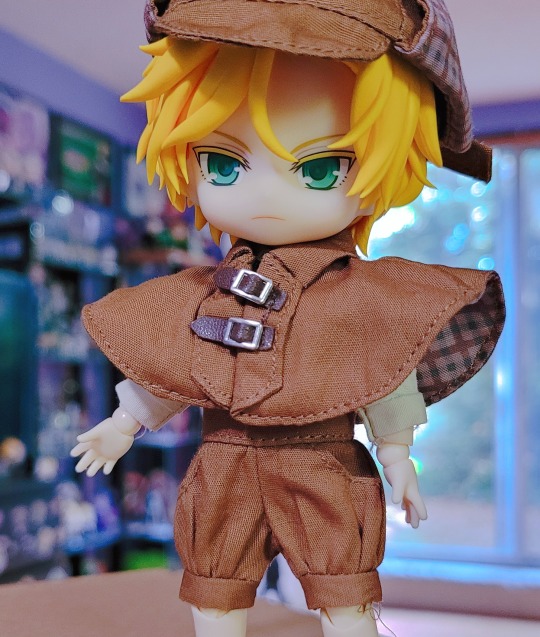




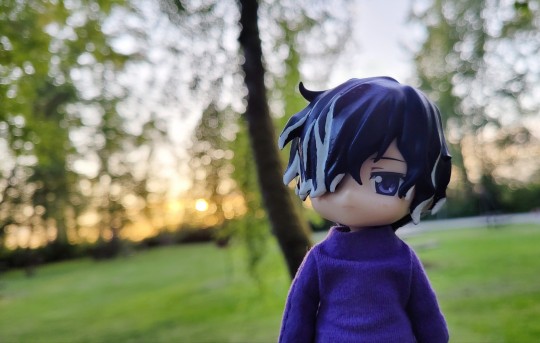

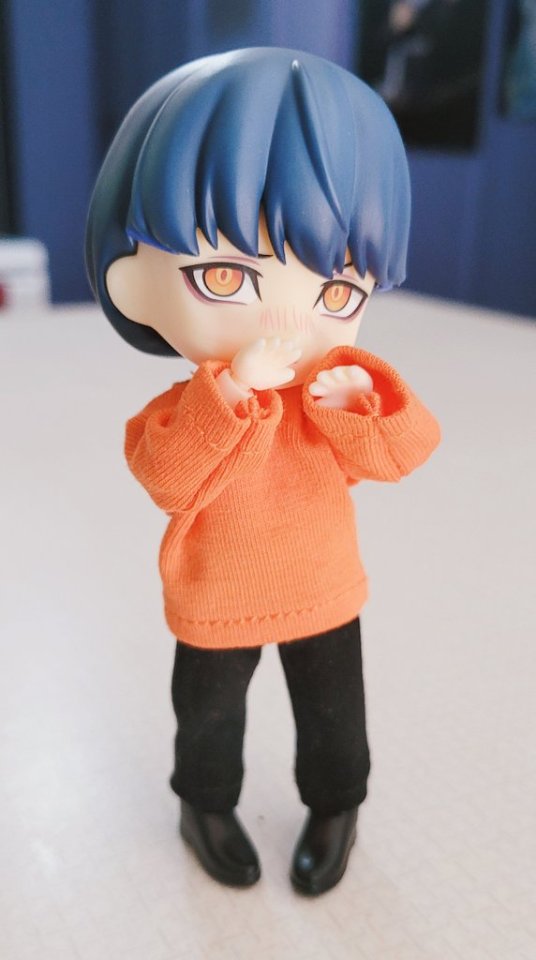

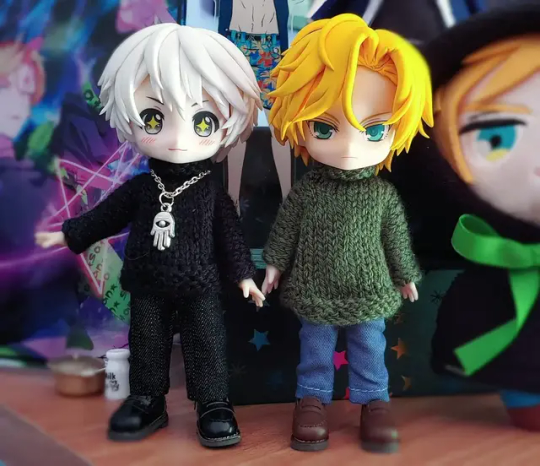
#obey me#obey me nightbringer#omswd#obey me satan#obey me solomon#obey me asmo#obey me beelzebub#obey me levi#obey me belphie#customs#fogures#custom figures
536 notes
·
View notes
Text
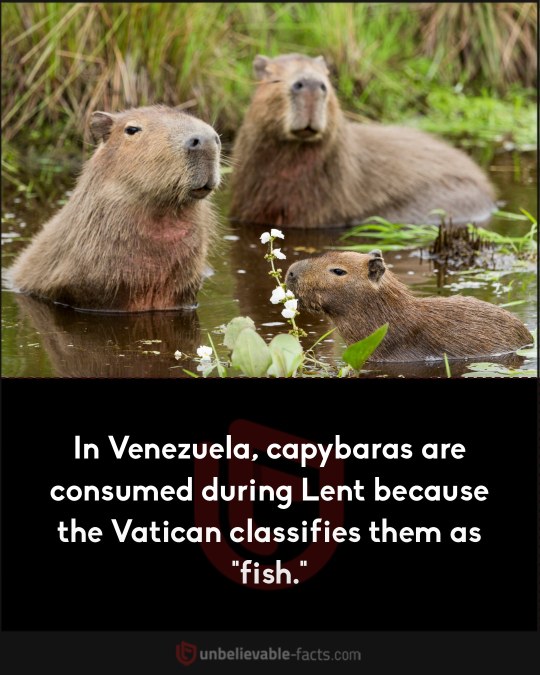
Due to Lenten practices, capybaras are consumed in Venezuela, classified as "fish" by Vatican decree. This unique categorization, established in 1784, allows for their consumption during Lent, a period traditionally observing meat abstinence. This came about after Venezuelan clergy sought Vatican guidance on the capybara, an animal they encountered that was integral to indigenous diets yet lived in water, leading to its acceptance for Lenten meals.
228 notes
·
View notes
Text

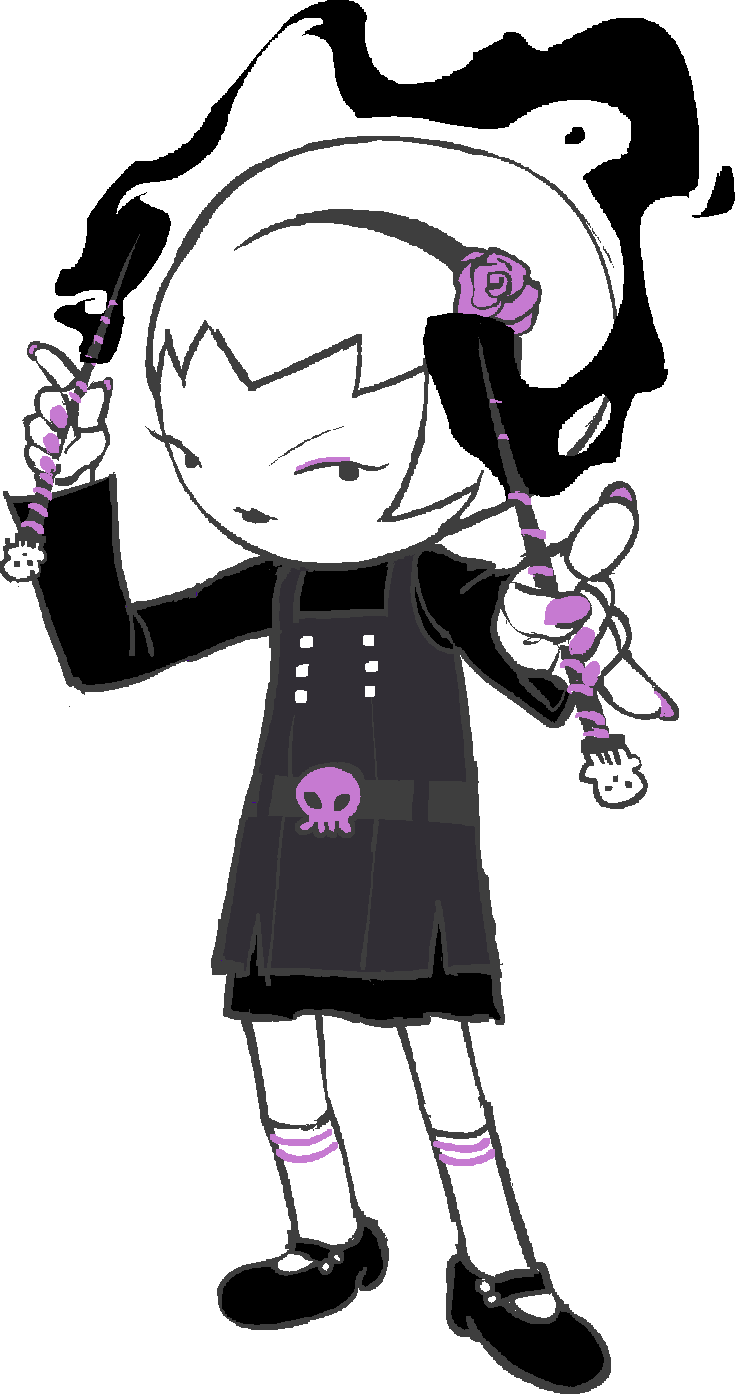


i keep forgetting to share this here too. but if you were ever interested in commissions in my homestuck styled art, i have uploaded a couple of options onto my kofi : 3
590 notes
·
View notes
Text

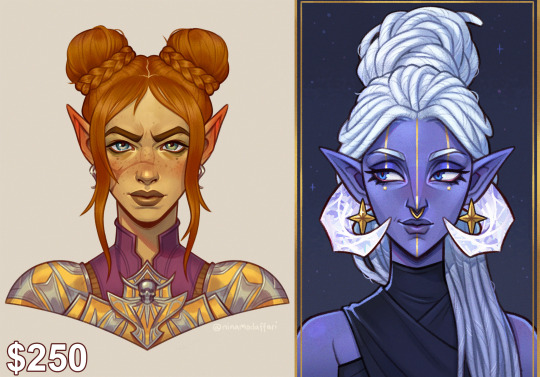

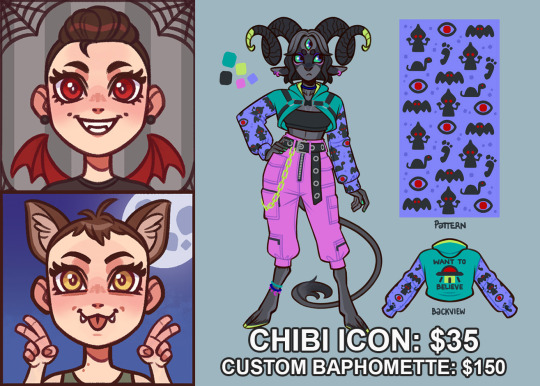
hi everyone! got hit with a lot of expenses this month (student loans, ouch), so I'm opening up commissions. front-facing portraits, reference sheets, chibis and baphomettes! please hit me up if you have any questions, and if interested in a commission, you can fill out the google form >>here<<
thank you!
#art#my art#commissions#illustrations#reference sheets#chibis#customs#commission#concept art#commissions open#commission art#commission work#open commissions
371 notes
·
View notes
Text


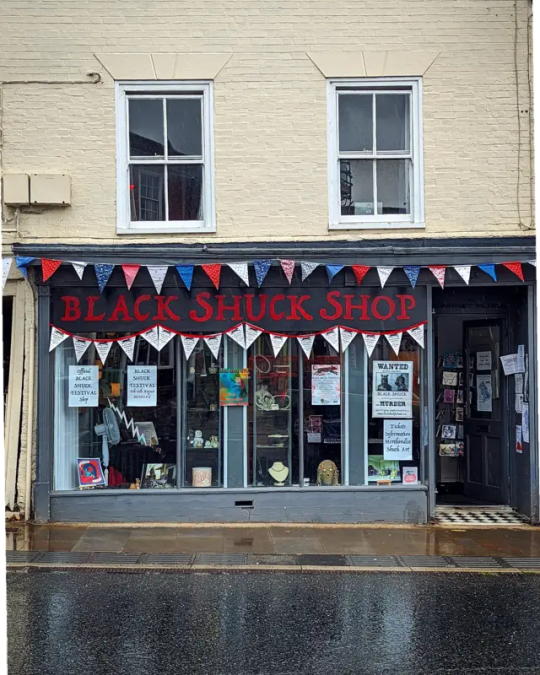
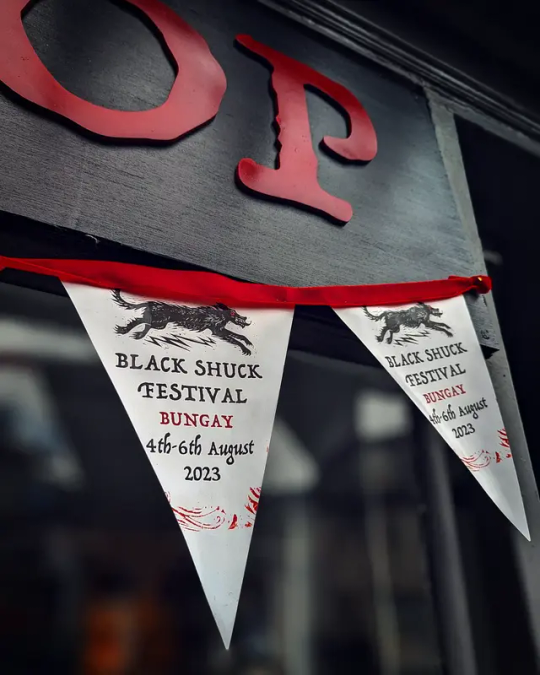

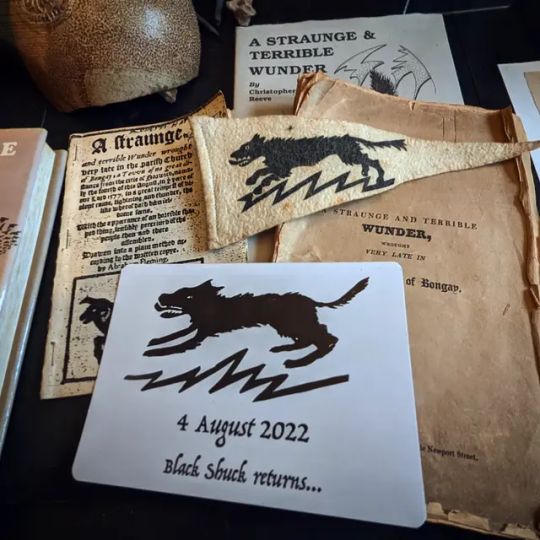
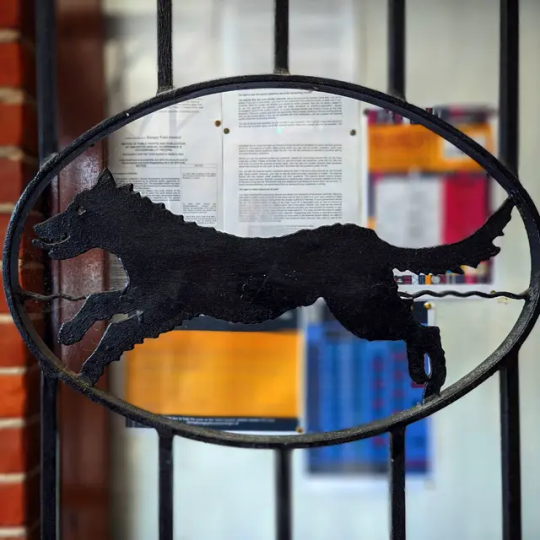
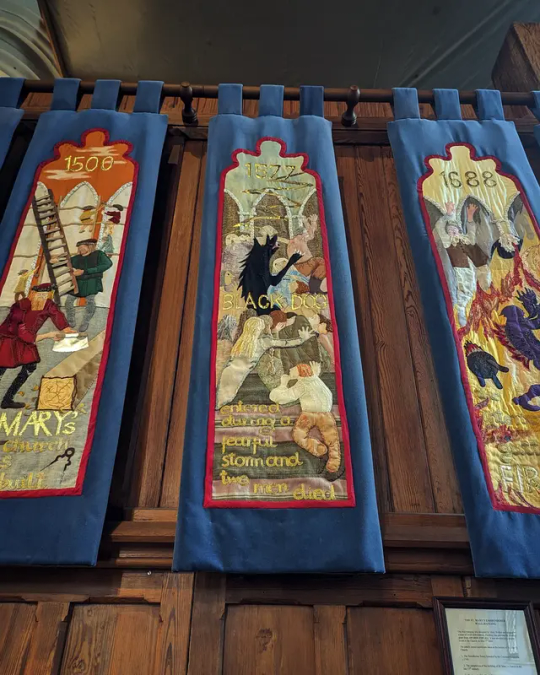

Pictures from this year's Black Shuck Festival- Black Shuck
In English folklore, Black Shuck, Old Shuck, Old Shock, or simply Shuck is the name given to a ghostly black dog that is said to roam the coastline and countryside of East Anglia- Bungay, UK
#folklore#occult#gothic#goth#history#black shuck#padfoot#barghest#dog#myth#legend#festival#customs#traditions#folk horror#haunted#art#folk art#museum#shop#bungay#black shuck festival#costume#wolf
474 notes
·
View notes
Text
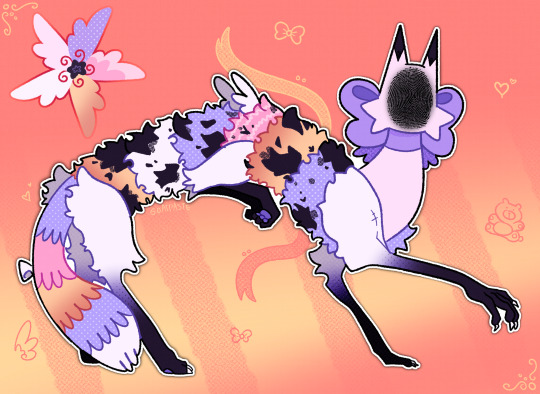


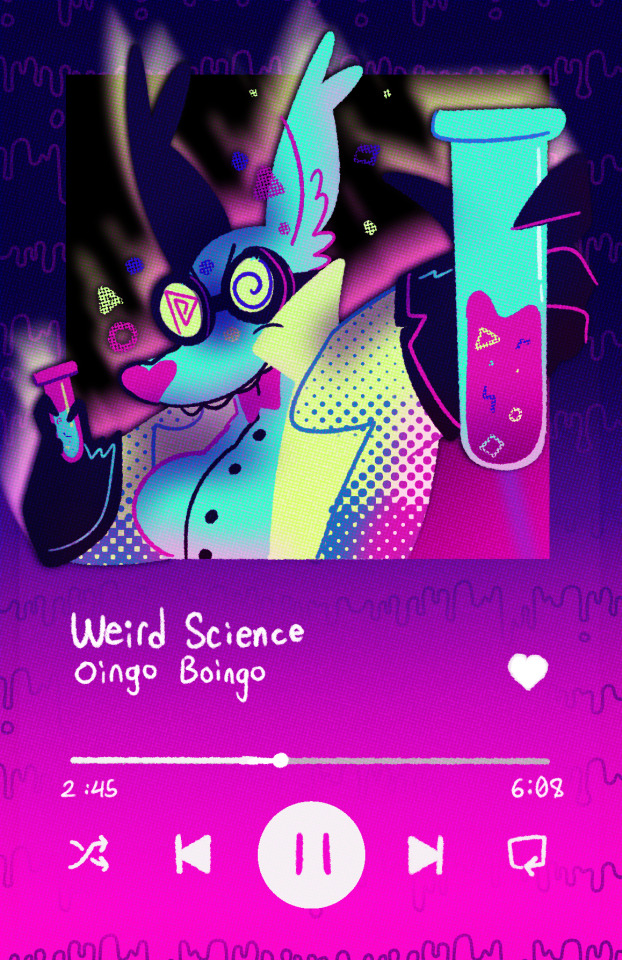

Recent commissions iv gotten done recently! thank you everyone who's been commissioning and supporting me rn!!
[Commission Prices][Etsy][Buy me a Kofi]
263 notes
·
View notes
Text
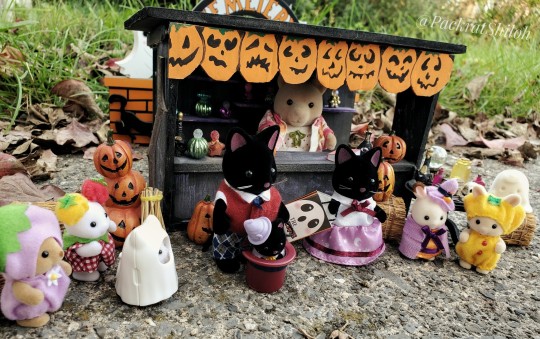
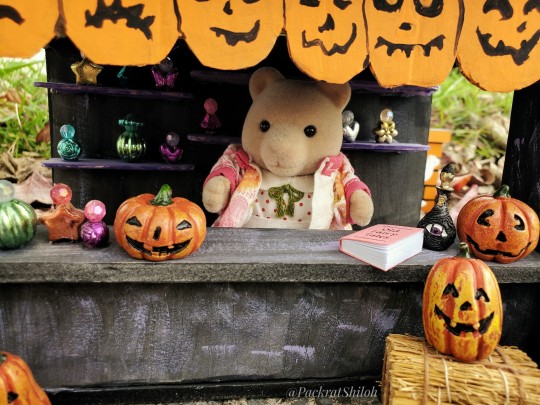
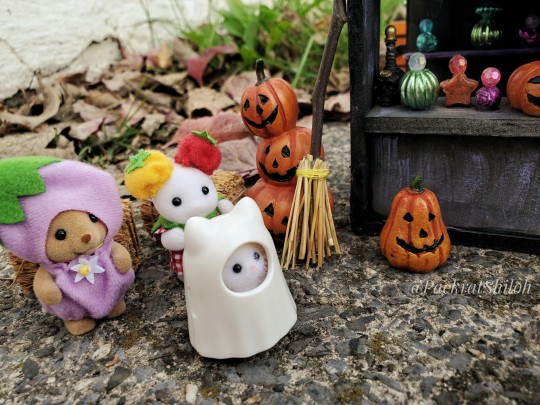
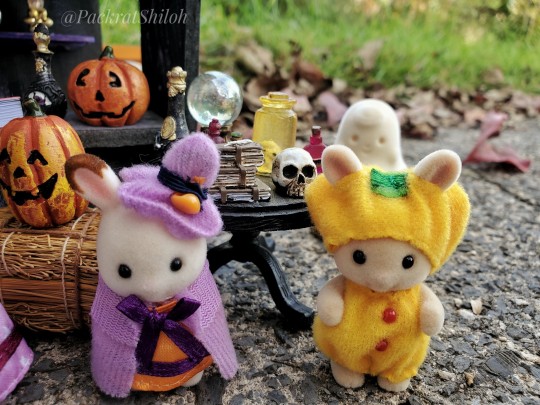

The Spooky Potion Stand is set up again for trick or treaters!
This year, newest resident Cora Honeyswamp is running the stand. Cora is from a family of beekeepers and she loves all things autumn 🍂 the "potions" are various fun bubbly drinks and even some fresh honey from her bees.
#calico critters#sylvanian families#toys#toy collector#shilohscollection#toy community#toy photography#halloween#diy#customs#crafts#bears#honey bears
285 notes
·
View notes
Text
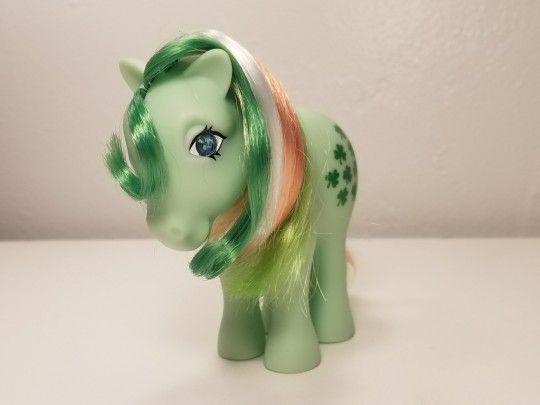

Custom Twinkle Eye pony Minty
#g1#my little pony#customs#customizing#Minty#Collector ponies#Twinkle Eye ponies#there will be a lot more pics of her when I'm able to take pictures in natural light
362 notes
·
View notes
Text



Kuromi doll by me! Yes I'm doing my Melody too and a few others some depend on if I can get my hands on other dolls
#dolls#doll photoshoot#doll collection#fashion dolls#doll photography#custom doll#dollblr#dollcore#my dolls#doll collector#kuromi#my melody#mine#my custom#failfix#customs#hello kitty
1K notes
·
View notes
Text
"Mam says would you ladies like some breakfast?"
"Oh, no, we couldn't possibly take what little you have--" Annagramma began.
"Yes, please, we will be grateful," said Tiffany, louder and quicker. The man nodded, and shut the door.
"Oh, how could you say that?" said Annagramma as his footsteps creaked down. "These are poor people! I thought you would--"
"Shut up, will you?" snapped Tiffany. "Just shut up and wake up! These are real people! They're not some kind of, of, of idea! We will go down there and we will eat breakfast and we'll say how good it is and then we will thank them and they will thank us and we will go! And that will mean everyone has done the right thing by custom, and that will be what's important to them. Besides, they don't think they're poor, because everyone around here is poor! But they're not so poor that they can't afford to do the right things! That would be poor!"
Annagramma was staring at her with her mouth open.
"Be careful what you say next," said Tiffany, breathing heavily. "In fact, don't say anything."
Terry Pratchett, Wintersmith
#tiffany aching#annagramma hawkin#wintersmith#discworld#terry pratchett#poor#poverty#charity#condescending#grateful#customs#the right thing#comparison#socioeconomic#dignity#shame#real people#breakfast#afford to do right#be careful#long quote
2K notes
·
View notes
Photo
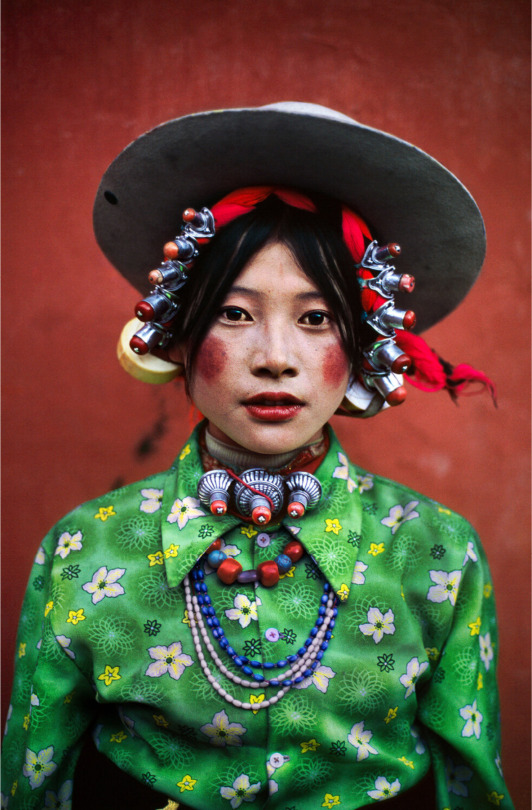
Woman at Horse Festival, Tagong, Tibet, 1999. Steve McCurry, b. 1950. Fuji Crystal print.
#photography#tibet#horses#color#photographie#customs#costumes#tradition#festival#celebration#jewelry#fashion#foto#fotografia#fotografie
2K notes
·
View notes
Text




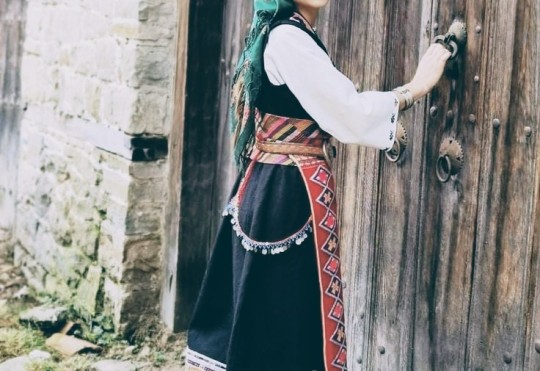
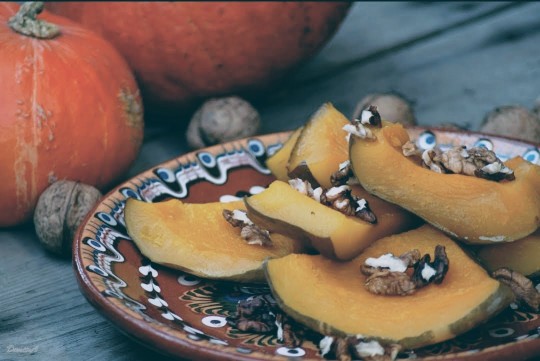


October 26th is Dimìtrovden/Mitrovden (Димитровден), or the Orthodox feast day of St. Demetrius of Thessaloniki. (Bulgarian: Свети Димитър Солунски) He is a 3rd-4th century Christian saint and great martyr (великомъченик) from the city of Thessaloniki in Greece, of which he is the patron saint.
Hagiographies refer to St. Demetrius as a young man of a senatorial family, who became proconsul and was tasked with persecuting Christians in the at the time still pagan Roman Empire. However, being himself Christian, he instead protected them, for which the emperor had him jailed. He was later speared to death as punishment for the defeat of the gladiator Lyaeus at the hands of Demetrius' disciple, Nestor. This marked the beginning of his veneration by Christians in the area, which grew in the following centuries, as he was said to guard the city against raiders.
Albeit not one originally, during the Middle Ages St. Demetrius came to be revered as a warrior saint, and iconography portrays him riding on a red horse, running a spear through various enemies — often Lyaeus, but also whoever was locally perceived as an enemy. In Greek icons, this is sometimes the Bulgarian tsar Kaloyan, while in Bulgarian ones — the Byzantine emperor Basil II The Bulgarslayer, or later on, a Turk. St. Demetrius is also associated with the founding of the Second Bulgarian Tsardom, specifically the uprising of the brothers Petăr and Asen, which broke out on Oct. 26th, 1185. The St. Demetrius church in Veliko Tărnovo (pictured above) was built in commemoration the event, and served as a coronation site of Asen dynasty tsars, who claimed him as their patron.
Traditionally, Dimitrovden marks the end of the seasonal transition from fall to winter, a period which begins on Oct. 14th with Petkovden. Bulgarian folk mythology casts the saints George and Demetrius in the role of twin brothers, whose respective holidays split the year into its warm and cold halves. The latter, elder of the two, ushers in the cold and darkness, as he rides in on his red horse and the winter's first snowflakes sprinkle down onto the earth from his beard. As St. George's opposite and counterpart, he takes on the qualities of a chthonic deity, and thus has connotations to death and the Beyond — under his patronage the so-called Dimitrovska Zadushnica takes place on the Saturday prior to Dimitrovden, one of several such holidays where food is given out in honor of deceased ancestors. Perhaps this is also why, in addition to St. George, folk imagination places him as a brother to Archangel Michael and nephew to St. Paraskeva/Petka.
Dimitrovden is the true end to the year's agrarian cycle — the harvest now over, it's time to put the farm tools away, make sure the animals have shelter and firewood is stocked up. It's also when farmhands and other labourers' contracts expire and they get rehired for the year ahead, which is why the day is also known as Razpust (Разпуст). As with other big holidays, a community-wide celebratory feast is held, and the customary ritual meal (or kurban) is mutton. The biggest ram is chosen, a pair of gold-painted apples are placed onto its horns and those present bow before it, after which it's slaughtered and cooked, and receives a priest's blessing before being served. Festivities are accompanied by music and horo (group dancing), which again has an intended matchmaking function. Namesakes of the saint celebrate the occasion, too — but they're traditionally served a chicken or rooster dish, according to gender. Other foods for Dimitrovden include corn, seasonal fruit and derived dishes, such as apple pita, pestil (a type of plum dessert), rachel (pumpkin syrup), etc.
Another activity which traditionally ends on Dimitrovden is construction work — a new house is supposed to have been completed by then, and the homeowners celebrate by throwing their own feast with a kurban, and inviting friends and relatives to witness the house being blessed by the master mason and the priest. The feast day has therefore been adopted as a career holiday of builders and masons.
The day's connection to the mysterious and otherworldly has inspired various beliefs and rituals of prognostic or divinatory nature, and anything from the weather and moon phases, to the behaviour of farm animals is observed carefully and used to make future predictions. Characteristic is the custom, known as polazvane (полазване), wherein members of the household make note of the first person to visit them, to physically cross the threshold into their home, and interpret them as a portent of things to come. Also, according to old treasure hunting legends, Dimitrovden is when "the sky opens" and buried gold emits a blue-ish flame just above ground.
Dimitrovden is part of the group of holidays, based around the idea of transition and liminality; between fall and winter, between the world of the living and of the dead. The Christian and pre-Christian symbolism intertwine, the martyr death of the saint mirrors the "death" of nature as the earth is covered in snow and daytime engulfed by darkness. And crucially — for a people whose perception of time follows nature's cycles — the coming of winter brings not only a period of calm and rest, but the promise of spring and renewal.
#Bulgaria#Slavic#Balkan#Eastern Europe#Orthodox#folklore#mythology#customs#Dimitrovden#here you go bulgarian halloween pt.2#I am again sorry it's several days later but it took a while to write ok
2K notes
·
View notes
Photo

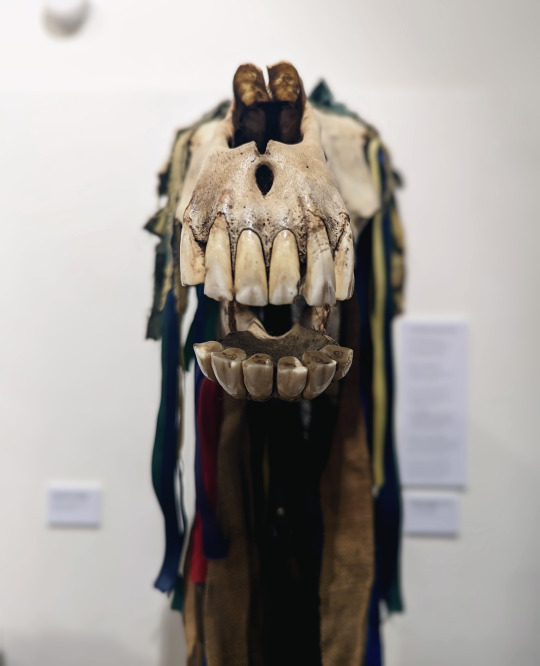
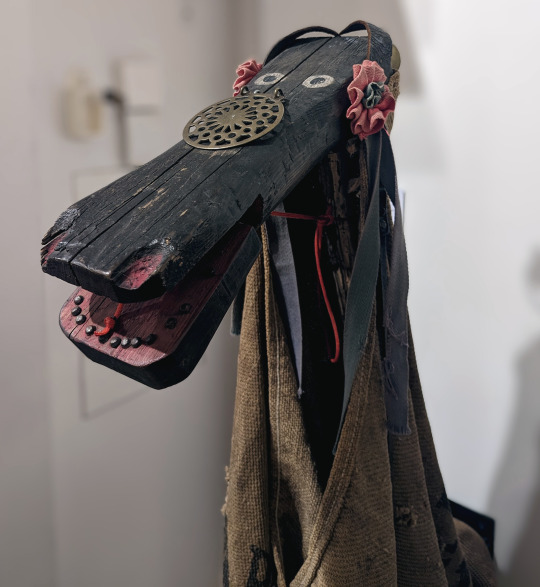






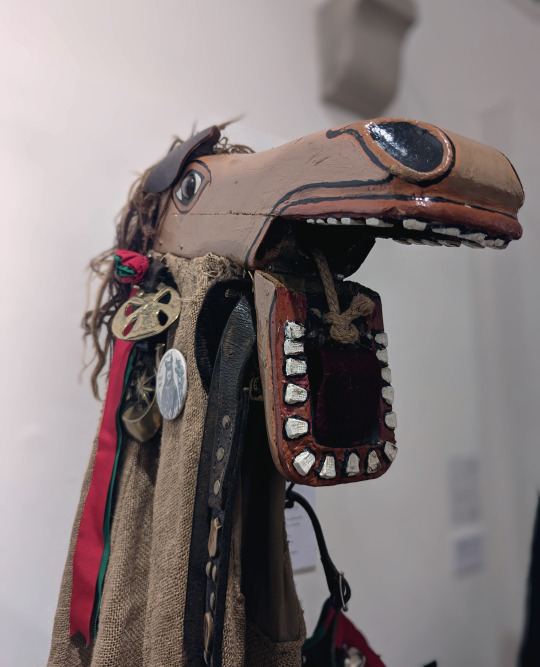
Examples of Hooden Horses and Mari Lwyd’s at Maidstone Museum’s Animal Guising exhibition- Maidstone, UK
#mari lwyd#hooden horse#animal guising#obby oss#hobby horse#wooden horse#horse#folklore#folkhorror#folk art#folkart#skull#animal skull#horse skull#folk horror#maidstone#museum#art#customs#traditions#may day#pagan#occult#witchcraft#morris dancing
440 notes
·
View notes